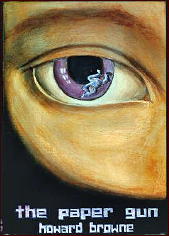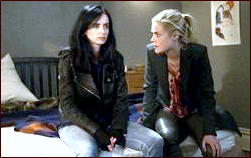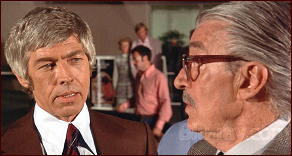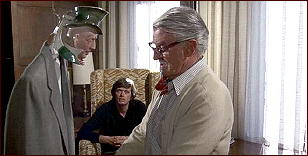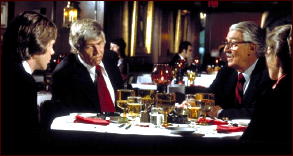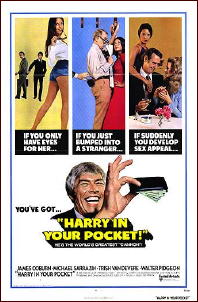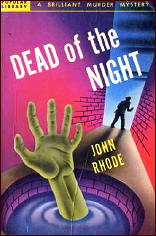Fri 21 Jul 2017
Movie Review: THAT’S MY BABY (1944).
Posted by Steve under Comic Books, Cartoons, Comic Strips , Films: Comedy/Musicals , Reviews[6] Comments
THAT’S MY BABY. Republic Pictures, 1944. Richard Arlen, Ellen Drew, Leonid Kinskey, Minor Watson, Richard Bailey. Director: William Berke.
The setting for this definitively minor comedy effort from 1944 is supposed to be that of a comic book publisher’s office, which is why I rescued the DVD it’s available on from the $3 bin at a local record store. In truth, however — and the truth always comes out — Moody Productions looks more like an animated cartoon production facility, a supposition heavily reinforced by, well, the animated cartoon they produce on the quick that ends the movie.
It turns out that the head of the firm (Minor Watson) is suffering from a bad case of the blues, and to cheer him up, his daughter (Ellen Drew) and her beau (Richar Arlen) bring into his home a whole host of vaudeville acts, with no success. Not until they discover what it was in his past that has not allowed him to even smile in some twenty years.
This is a small time capsule of the kinds of acts that made people in small town America laugh. I don’t believe too many of these acts were ever preserved on film in many other ways. Many of these are pure corn, others are mildly amusing, and one, Gene Rodgers, the astoundingly good piano player, makes you wonder why you never heard of him before.
Freddie Fisher and His Schnikelfritz Orchestra
Lita Baron, as Isabelita
The Guadalajara Trio
Gene Rodgers (boogie-woogie piano player)
Peppy and Peanuts
Mitchell & Lytell (office worker comedy routine)
Alphonse Bergé
Doris Duane
Adia Kuznetzoff (Russian singer)
Chuy Reyes and His Orchestra
Al Mardo and His Dog
Dewey ‘Pigmeat’ Markham
Personally, if you were to ask me, it is a wonder that both Richard Arlen and Ellen Drew, both consigned to B-movie stardom at the time, ever had careers after making a movie such at this, with one of the weakest storylines of any comedy musical I’ve ever seen.


